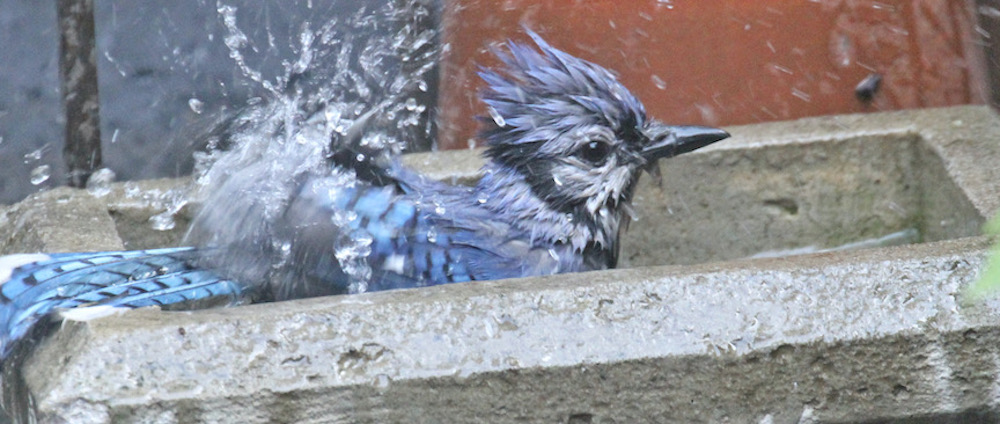Today marks my sixty-eighth post for my Tuesday's Truths series which is coinciding with the second day of Christmas when someone's true love gave to them "two turtle doves and a partridge in a pear tree."
Today is also the eighty-first year anniversary of E.B. White's essay, WOOLWORTH MADONNA, being published in The New Yorker. I've posted a copy of it atop this entry.
Additionally, it is a day when many folks will celebrate Boxing Day. A number of web-pages that discuss this holiday can be found on the Internet. However, one of my favorites can be found on thespruce.com by clicking here.
It's also the day after 2017's Christmas, which was a very windy and cold one in NYC.
In spite of the frigid weather, I took a walk around The JKO (Jacqueline Kennedy Onassis Reservoir) in Central Park where I saw Canadian Geese submerging their heads in the water as evidenced in the next two photos.
 |
| CANADIAN GEESE HAVE A STORY IN VOL 2 |
 |
| CANADIAN GEESE HAVE A STORY IN VOL 2 |
Some folks who witnessed this at the reservoir remarked that the behavior reminded them of ostriches burying their head in the sand. But the truth is ostriches do not bury their head in the sand!
A web-page on Wonderopolis reminds its readers that animal experts proclaim "the belief that ostriches bury their heads in the sand to avoid predators is nothing more than a myth. After all, if an ostrich buried its head in the sand, it would soon die of asphyxiation."
They go on to state that "given what we know about ostriches, though, it's easy to see how this myth got started... Ostriches are the largest and heaviest living birds in the world. Despite standing seven to nine feet tall and weighing as much as 350 pounds, these birds have relatively small heads. When nesting, they dig shallow holes in the ground to use as nests for their eggs. They use their beaks to turn their eggs several times each day. From a distance, an ostrich leaning into a hole to turn an egg could easily look like it's burying its head in the sand!"
In any event, my seeing the Canadian Geese burying their heads in the reservoir prompted me to do some research when I returned home. I found that a number of sources concur with the findings of Julia Halverson which state that geese "primarily feed at the water surface by 'dabbling' their bills in the water or by upending (tipping their bodies so that their head is underwater and their tail remains above water; to reach deeper."
Learning about the aforementioned behaviors in ostriches as well as geese gives me great cause for questioning the dictionary's definition of "bird brain," which Merriam-Webster says is "a stupid person; scatterbrain."
I would hardly call birds stupid, Merriam-Webster! I greatly admire the resourcefulness of the avian community when it comes to survival and to taking care of their young!
And, now, on another note all together, dear reader, I'll leave you with a You Tube rendition of the Christmas carol, Good King Wenceslas, which (according to Wikipedia) "tells a story of a Bohemian king going on a journey and braving harsh winter weather to give alms to a poor peasant on the Feast of Stephen (December 26, the Second Day of Christmas)."


No comments:
Post a Comment
Note: Only a member of this blog may post a comment.